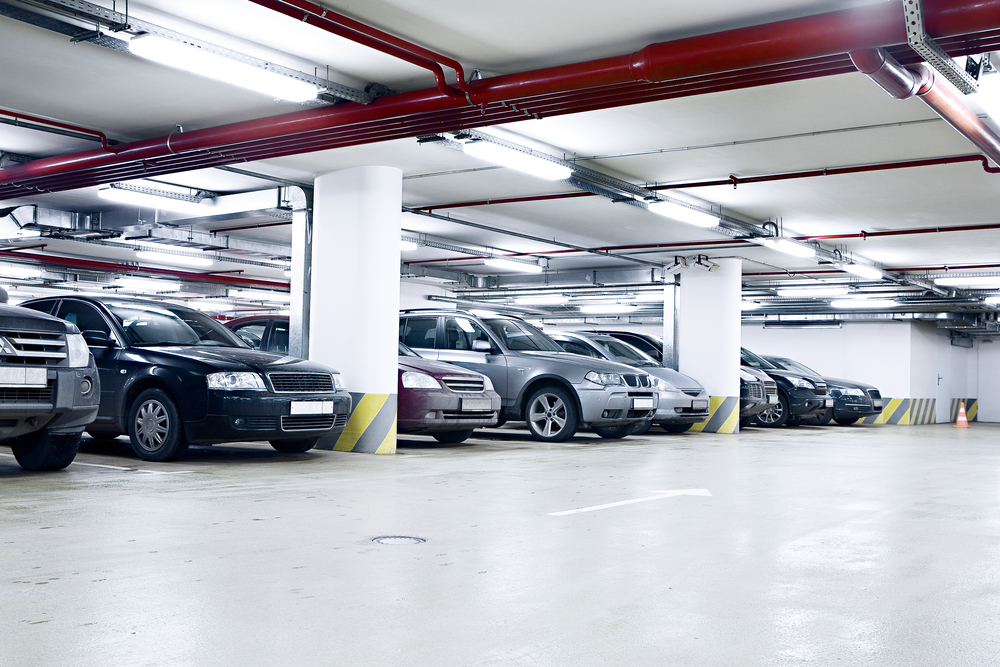
As the world transitions towards greener transportation, electric vehicles have become increasingly popular. Their zero-emission nature and potential for energy savings make them an attractive option for many. However, with this surge in Electric Vehicle (EV) adoption, concerns have also arisen regarding their safety, particularly in parking structures.
Unique Fire Risks of EVs
While EVs are generally considered safer than traditional gasoline-powered vehicles in terms of accidents, they do present unique fire risks in enclosed spaces like parking structures. Here are some key factors:
- Battery Chemistry: Lithium-ion batteries, commonly used in EVs, are highly energy-dense. While they offer excellent performance, they can also be prone to thermal runaway under certain conditions. If a battery cell becomes damaged or overheated, it can trigger a chain reaction, leading to a rapid increase in temperature and the release of flammable gases.
- Charging Infrastructure: Improperly installed or maintained charging infrastructure can pose fire hazards. Faulty wiring, loose connections, or overheating chargers can increase the risk of electrical fires.
- Ventilation: Parking structures often have limited ventilation, which can trap smoke and heat in the event of a fire. This can hinder firefighting efforts and accelerate the spread of flames.
- Water-Based Fire Suppression Systems: Many parking structures rely on water-based fire suppression systems. While effective for extinguishing conventional fires, water can be harmful to EV batteries, potentially causing further damage and even triggering a thermal runaway reaction.
Preventing Fires in EV Parking Structures
To mitigate the risks associated with EV fires in parking structures, several measures can be implemented:
- Regular Inspections: Conduct routine inspections of charging infrastructure, cables, and connectors to identify and address potential hazards.
- Fire Suppression Systems: Consider installing fire suppression systems specifically designed for EV fires, such as those using inert gases or foam that do not harm batteries.
- Emergency Procedures: Develop and implement emergency procedures for handling EV fires, including evacuation plans and protocols for first responders.
- Ventilation: Improve ventilation in parking structures to facilitate smoke removal and reduce the spread of fire.
- Battery Management Systems: Advancements in battery management systems can help prevent thermal runaway by monitoring battery temperature, state of charge, and other critical parameters.
As the number of EVs continues to grow, it is essential to address the potential fire hazards associated with their use in parking structures. By taking proactive steps to prevent fires and ensure proper emergency response, we can create safer environments for both EV owners and building occupants.
Utilize the IEI Advantage!
We’ve been a trusted resource to some of the largest property owners and managers across the United States for over 25 years.
Our passion is showing real estate professionals how to self-inspect their facilities in order to reduce repair and replacement costs and know when to call in an expert. Our engineers are glad to walk your facility, including parking structure inspection, let you know the condition, what and when repairs or replacement are necessary, and provide reports with construction costs and recommend quality contractors to perform the work.
